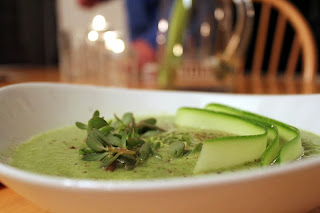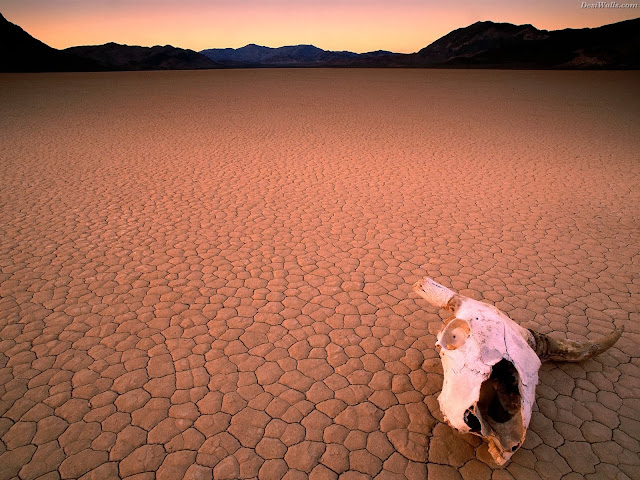Hi Catity Cat Cats.
 Since long ago the Portuguese Cuisine has been praised from every corner of the world for its delicious dishes and desserts such as the Pastel de Nata. But also since long ago Portuguese cuisine has been losing some old nutritious ingredients that were free and lost in the meantime. One of them in particular is tarting to get really famous once again, nothing more than Purslane! Or in Portuguese "Beldroegas" such a beautiful name isn't it? (Sarcasm Implied) :)
Since long ago the Portuguese Cuisine has been praised from every corner of the world for its delicious dishes and desserts such as the Pastel de Nata. But also since long ago Portuguese cuisine has been losing some old nutritious ingredients that were free and lost in the meantime. One of them in particular is tarting to get really famous once again, nothing more than Purslane! Or in Portuguese "Beldroegas" such a beautiful name isn't it? (Sarcasm Implied) :)
Well, theres a lot of Purslane sprouting and growing outside on our backyards, mountains or even on the side of the road, but is it used for anythnig? Wel... No, no one cares about it, but why? Because everybody forgot how to use it or cook it, simple.
This habit is also making it's comeback trough Gourmet dishes such as salads, soups, pizzas and main dishes, because you can boil this vegetable, fry it or eat it clean, fresh and raw.
 Did you know that?
Did you know that?
- Purslane leaves are really healthy and nutritious, did you know that?
- Also Purslane is able to tolerate poor, compacted soils and drought.
- Purslane contains more omega-3 fatty acids than any other leafy vegetable plant.
- Purslane can also be used in medicine, it's leaves are used to treat insect or snake bites on the skin, boils, sores and pain from bee stings.
 Since long ago the Portuguese Cuisine has been praised from every corner of the world for its delicious dishes and desserts such as the Pastel de Nata. But also since long ago Portuguese cuisine has been losing some old nutritious ingredients that were free and lost in the meantime. One of them in particular is tarting to get really famous once again, nothing more than Purslane! Or in Portuguese "Beldroegas" such a beautiful name isn't it? (Sarcasm Implied) :)
Since long ago the Portuguese Cuisine has been praised from every corner of the world for its delicious dishes and desserts such as the Pastel de Nata. But also since long ago Portuguese cuisine has been losing some old nutritious ingredients that were free and lost in the meantime. One of them in particular is tarting to get really famous once again, nothing more than Purslane! Or in Portuguese "Beldroegas" such a beautiful name isn't it? (Sarcasm Implied) :)Well, theres a lot of Purslane sprouting and growing outside on our backyards, mountains or even on the side of the road, but is it used for anythnig? Wel... No, no one cares about it, but why? Because everybody forgot how to use it or cook it, simple.
This habit is also making it's comeback trough Gourmet dishes such as salads, soups, pizzas and main dishes, because you can boil this vegetable, fry it or eat it clean, fresh and raw.
 Did you know that?
Did you know that?- Purslane leaves are really healthy and nutritious, did you know that?
- Also Purslane is able to tolerate poor, compacted soils and drought.
- Purslane contains more omega-3 fatty acids than any other leafy vegetable plant.
- Purslane can also be used in medicine, it's leaves are used to treat insect or snake bites on the skin, boils, sores and pain from bee stings.
Energy 84 kJ (20 kcal)
Carbohydrates 3.39 g
Fat 0.36 g
Protein 2.03 g
Water 92.86 g
Vitamin A 1320 IU
Thiamine (vit. B1) 0.047 mg (4%)
Riboflavin (vit. B2) 0.112 mg (9%)
Niacin (vit. B3) 0.48 mg (3%)
Vitamin B6 0.073 mg (6%)
Folate (vit. B9) 12 μg (3%)
Vitamin E 12.2 mg (81%)
Calcium 65 mg (7%)
Iron 1.99 mg (15%)
Magnesium 68 mg (19%)
Manganese 0.303 mg (14%)
Phosphorus 44 mg (6%)
Potassium 494 mg (11%)
Zinc 0.17 mg (2%)























.jpg)

















